10 Minutes
Xiaomi’s 17 Pro Max arrives swinging at Apple and Samsung with headline-grabbing hardware, a bold rear display, and a camera stack built for hype. It’s fast, bright, and ambitious—but a few quiet compromises keep it from running away with the crown.
Design with a twist: a rear screen that’s not just for show
The 17 Pro Max borrows the “plateau” look trending on modern flagships and brings back Xiaomi’s Ultra-era idea of a secondary display—this time a refined 2.9-inch OLED built into the camera shelf. It doubles as a viewfinder for high-quality rear-camera selfies, a mini player for apps like Spotify, and a home for playful, touch-reactive animal lock screens. With an optional $40 retro case, it even mimics a handheld console.

The back isn’t glass—it’s fiberglass composite. That choice trims weight to 219g despite the huge battery, undercutting its American rival by roughly 14g, and helps balance the phone in hand. The trade-off? It doesn’t feel as premium, and cleaning can leave shiny patches. The rear screen’s plastic protector also builds static and attracts dust around the lenses. Elsewhere, the aluminum frame’s soft curves and slim 8 mm profile make this large handset surprisingly manageable.
Durability is solid: IP68 (up to 6 meters for 30 minutes) and Xiaomi’s Dragon Crystal Glass 3.0 on the main screen, with earlier-gen Dragon Crystal on the rear panel.

A next‑gen OLED you can actually see
The 6.9-inch “1.5K” OLED (1200 × 2608) might not scream spec-sheet supremacy, but Xiaomi’s Super Pixel panel uses an RGB S‑Stripe layout rather than PenTile, assigning full red, green, and blue subpixels to each pixel. At roughly 419 ppi, you get about 9.39 million subpixels—sharper text, cleaner diagonals, and fewer color fringing artifacts than typical 1.5K OLEDs.
It’s bright—really bright. We measured 3920 nits peak in HDR highlights (above Xiaomi’s 3500-nit claim), around 1210 nits in manual Sunlight Mode, and up to ~2200 nits automatically. Color in Original Color Pro mode is textbook-accurate across the sRGB space (near-100% coverage with very low error), though DCI‑P3 coverage isn’t class-leading. The LTPO controller glides between 1–120 Hz based on what’s on screen and even how quickly you flick your thumb. By default, brightness control leans on DC dimming; a setting called Adaptive Refresh Rate Pro lets you pivot to PWM if you prefer.
The 2.9-inch rear OLED isn’t a throwaway either: 976 × 596 resolution, rich colors, and enough functionality to matter—especially for framing selfies with the main camera.
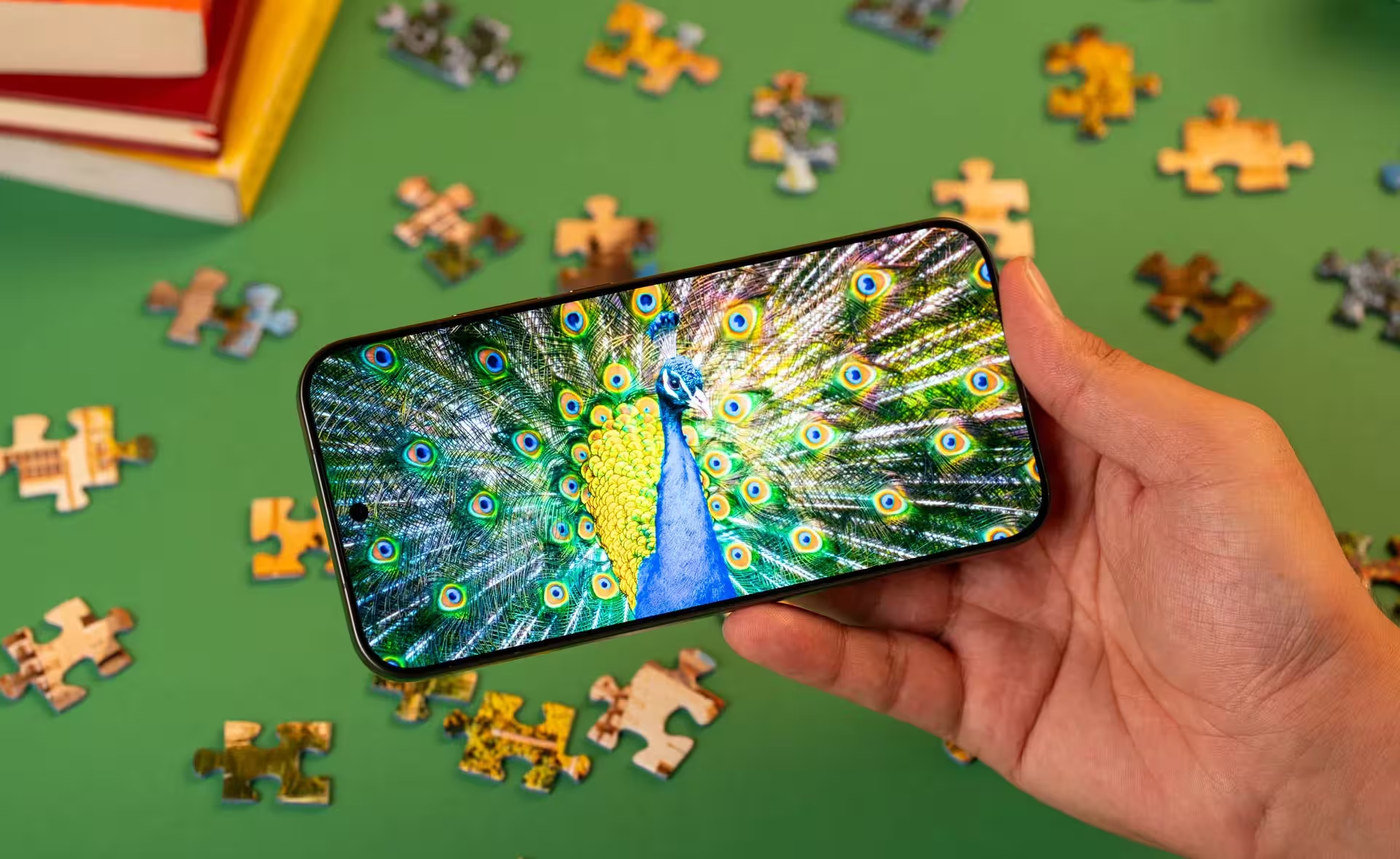
Performance: loud numbers, quiet throttling
Meet the first phone to ship with Snapdragon 8 Elite Gen 5 (Oryon Gen 3 CPU, next-gen Adreno GPU). Day-to-day, it’s blisteringly quick: web performance rivals the latest iPhones, and heavy games like Genshin Impact ran at a locked 60 fps in our testing. But our extended stress runs told a more nuanced story. Xiaomi appears to cap power early to keep heat in check, so the phone posts smaller GPU gains than expected and can drop roughly 32% under sustained load.
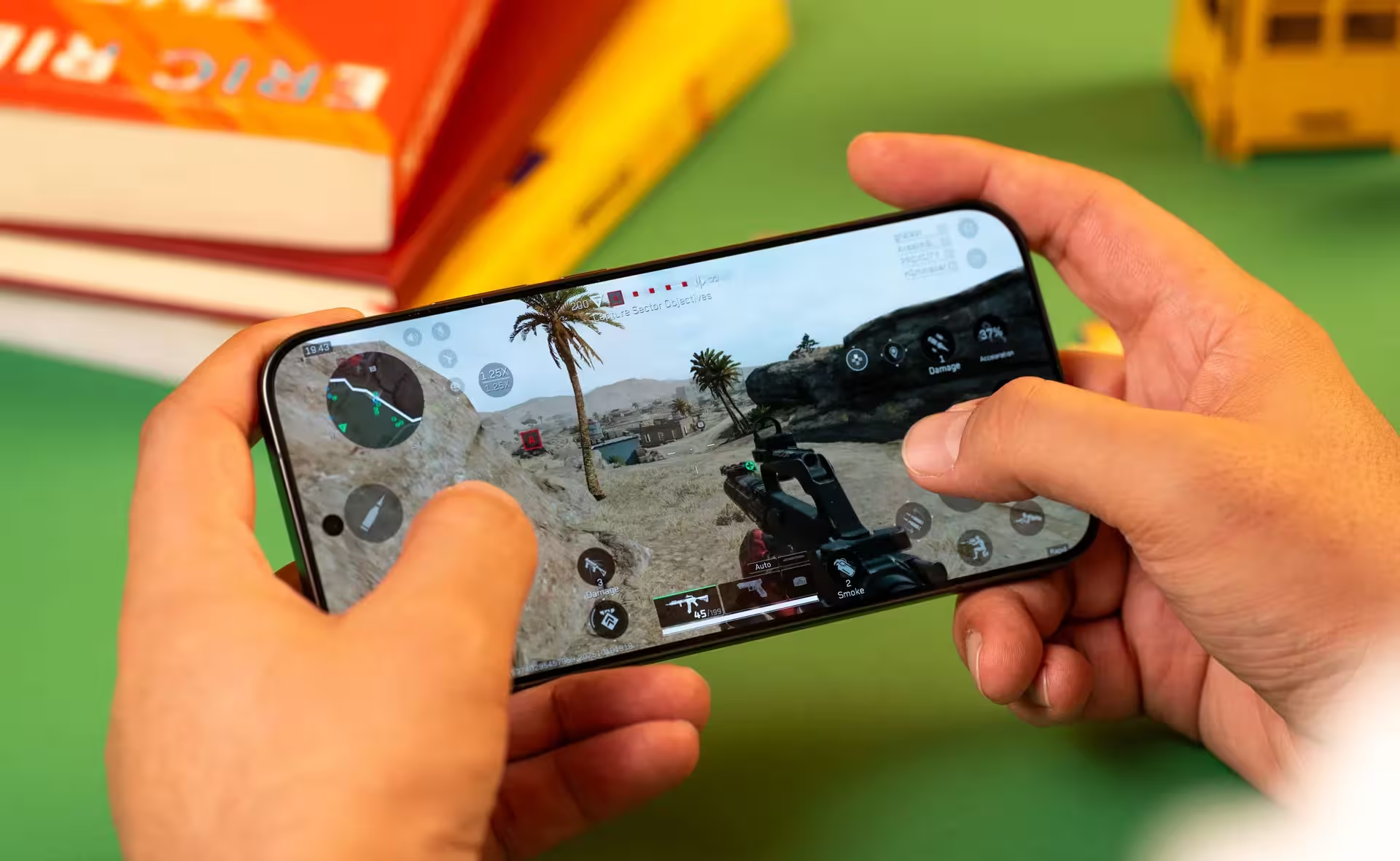
Cooling is ambitious: a 5533 mm² vapor chamber with micro‑capillary channels (5000 per cm²) spreads heat fast. With the fiberglass back limiting heat conduction, warmth routes into the display and frame—the parts closest to the cooling stack. In real-world mixed use (shooting, video, and gaming), the chassis largely stayed under 39°C; under synthetic torture, hot spots behind the display climbed close to 50°C. Sensible for comfort, but it reins in all-out performance.
Battery and charging: big cell, uneven endurance
The 7500 mAh silicon–carbon battery is the headline spec. In daily use, endurance is excellent. In controlled testing, though, the phone lost ground: video playback trailed a top rival by roughly 32%, and heavy gaming stamina landed near a 5000 mAh competitor—suggesting efficiency and thermal behavior blunt the raw capacity advantage.
Good news: Xiaomi’s 100 W fast charging is now open—no proprietary-brick lock-in. Less good: the USB‑C port steps down to USB 3.2 Gen 1 (5 Gbps) instead of Gen 2.
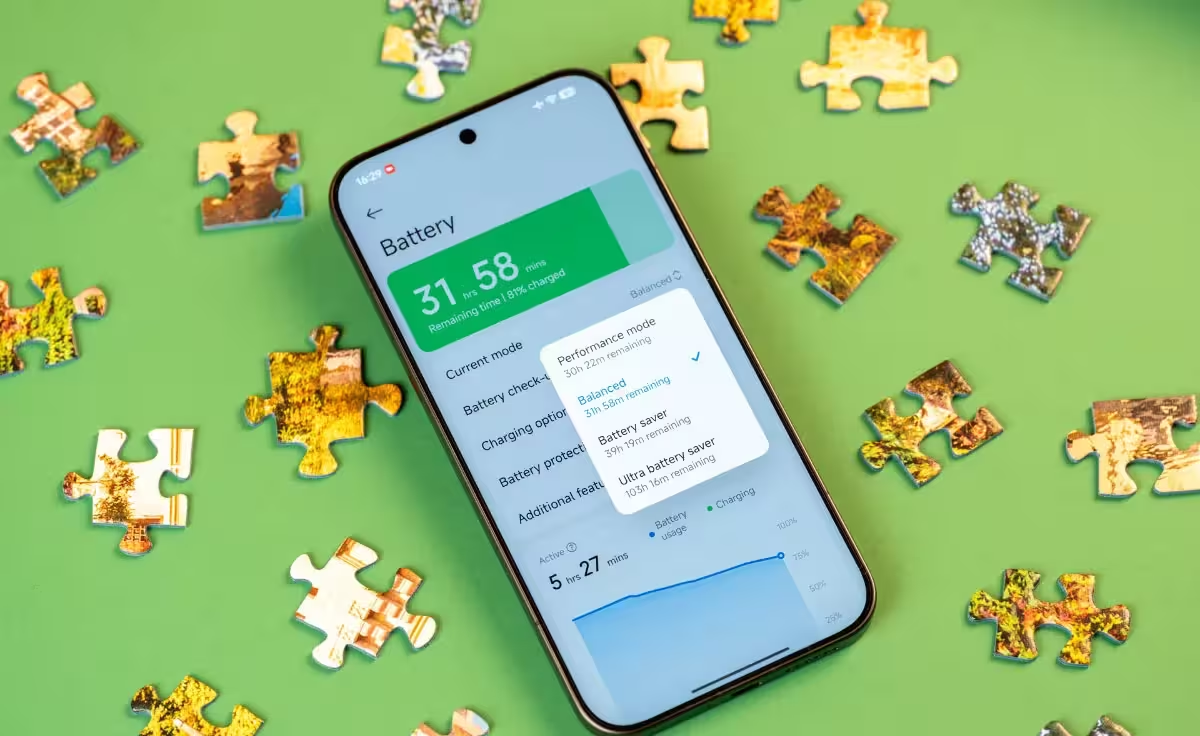
Software: HyperOS 3 polish with China-ROM caveats
Shipping in China first, the 17 Pro Max runs HyperOS 3 on Android 16. Expect over 100 refreshed system animations, a redesigned home screen and iconography, and Apple-adjacent flourishes like Hyper Island (a pill-shaped status hub around the selfie cutout). AI-powered features include Dynamic Wallpapers, Cinematic Lock Screen, AI writing, speech recognition, on-device search, and live translation—though language support is limited, and many AI tools don’t yet support Persian.
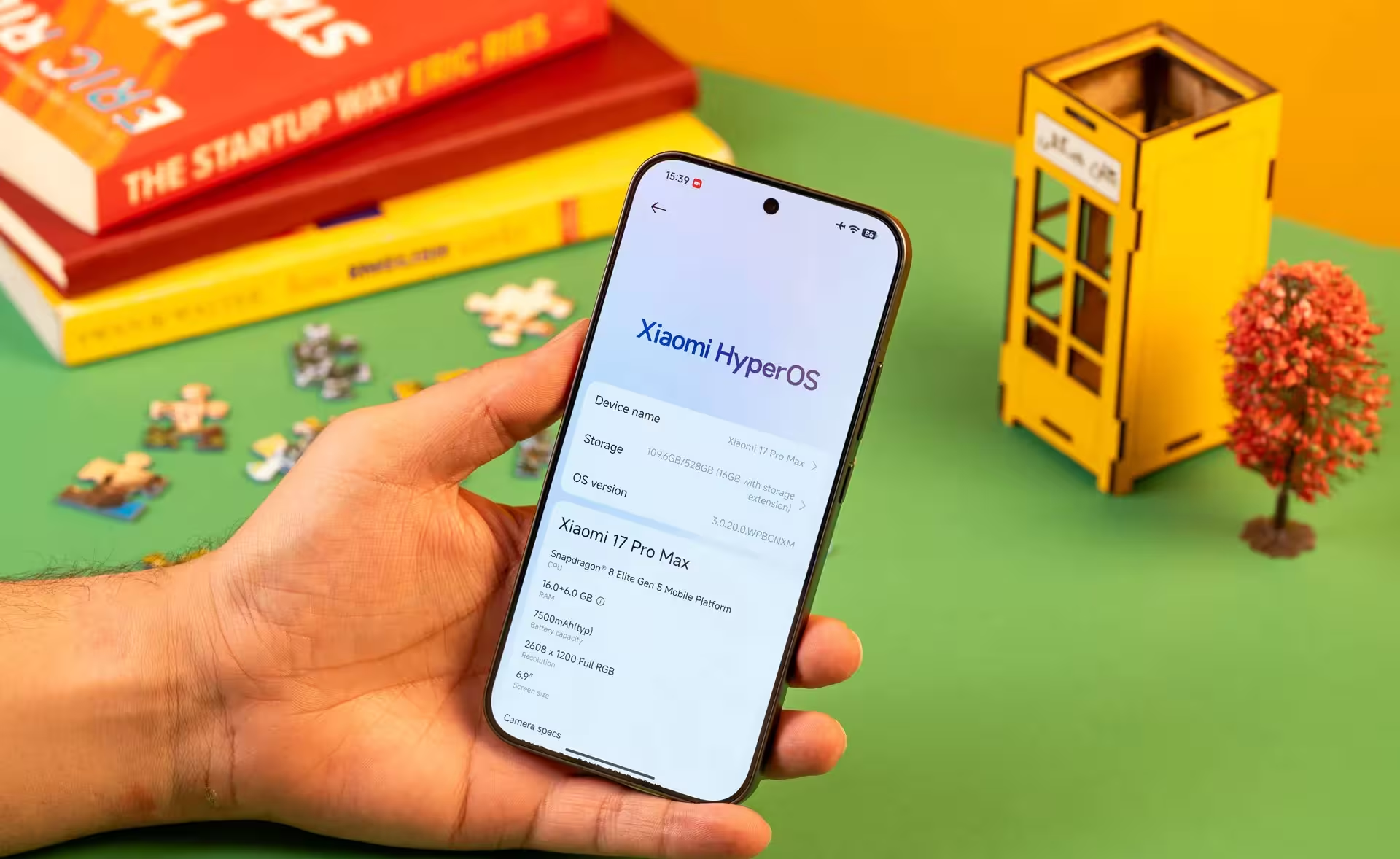
Because this is the China ROM, you’ll see local apps (most can be removed) and a short language list (typically Chinese and English). Google services aren’t preinstalled, but enabling Basic Google Services and installing Play Store from the Mi App Store gets you GMS in minutes. Xiaomi hasn’t formally stated updates, but based on recent flagships, expect around 4 OS upgrades and 6 years of security patches.
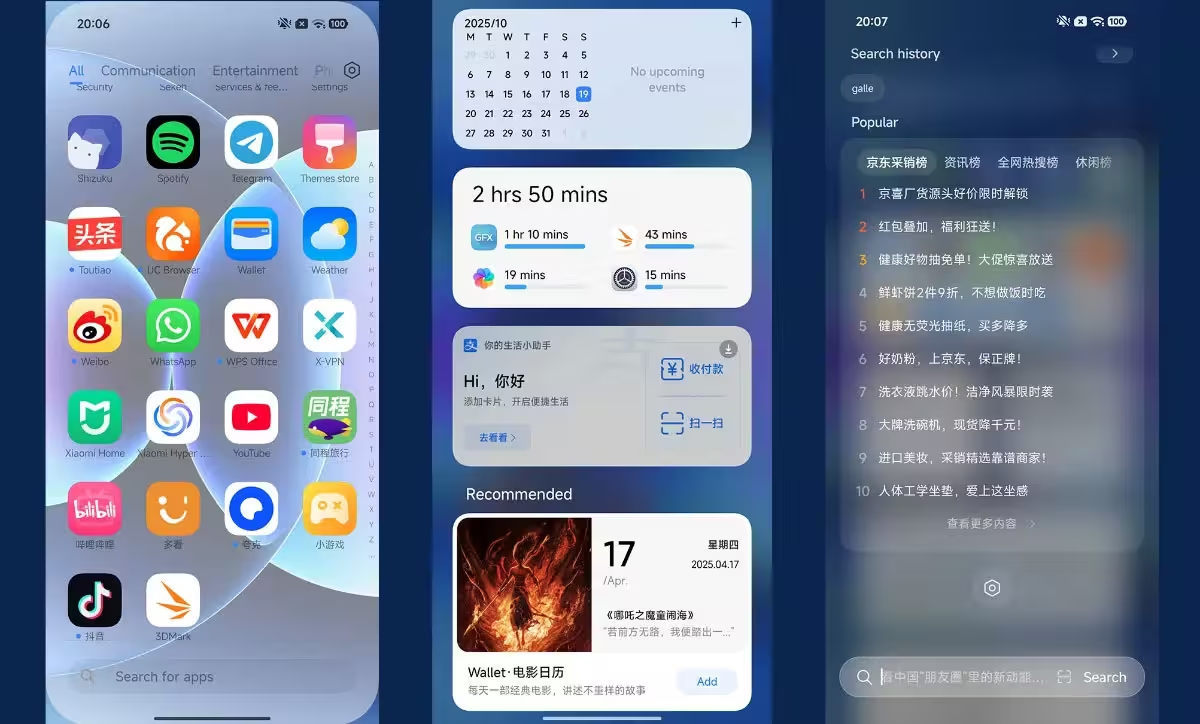
Cameras: bright-day brilliance, night-time nuance
The main event is a new 50 MP “Light Hunter 950L” sensor from SmartSens with LOFIC tech, designed to boost full-well capacity so highlights don’t clip easily. Xiaomi touts up to 16.5 EV of captured range in HDR scenes. In daylight, the primary camera is superb: rich dynamic range, crisp, natural textures without the plasticky over-sharpening you see elsewhere, and confident contrast mapping.
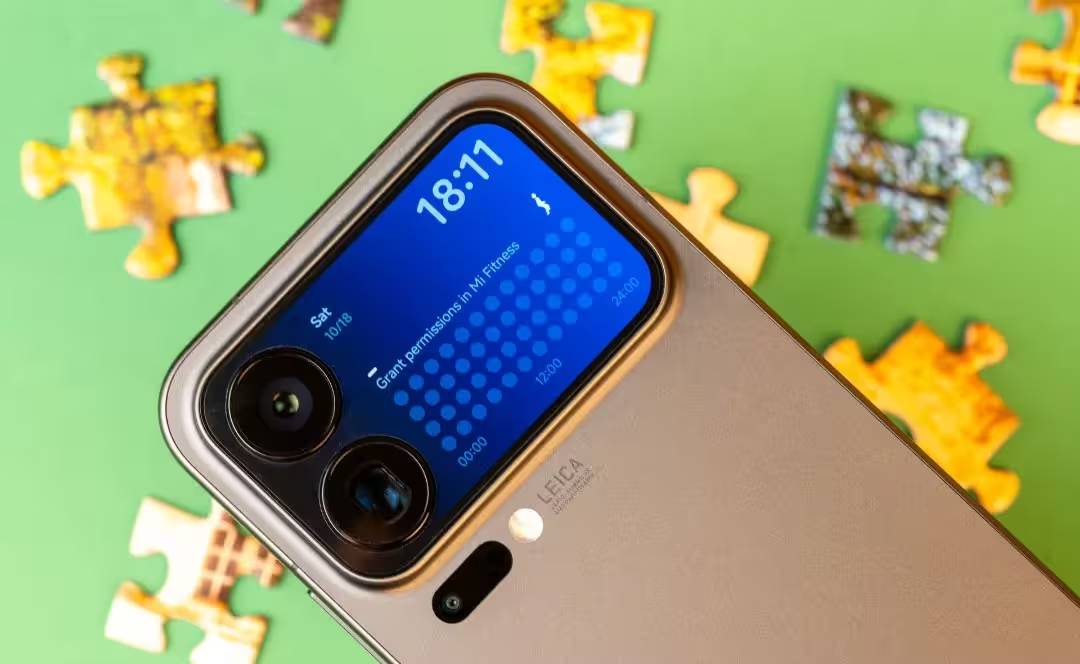
Color depends on your Leica profile. Leica Vibrant (default) is punchy and warm—eye-catching but not strictly accurate. Leica Authentic dials up mood and contrast with subtle vignetting. If you prefer truer tones, tweak profiles before you shoot. Portraits benefit from the large sensor’s natural depth; you may not need software bokeh at close range. Face beautification can be heavy—turn it off in Beautify if you want unprocessed skin.
The 50 MP ultrawide (17 mm) offers clean detail by day but narrower dynamic range and a cooler white balance than the main camera. The 50 MP 5x telephoto (115 mm) uses a larger sensor than before and shines at native 5x; by 10x and beyond, AI-heavy processing softens textures and pumps contrast. Super Macro rides on the telephoto: expect a 20–30 cm working distance and solid detail if you pre‑zoom before capture.
 |  |  |
At night, the main camera impresses with balanced highlights and shadows, minimal smearing, and confident exposure. Ultrawide and telephoto rely more on noise reduction and stabilization, which can soften fine detail and introduce ghosting around light sources. Xiaomi’s anti-reflective lens coatings help, but bright point lights can still bloom.
Video support is stacked: up to 8K30, 4K120, Dolby Vision, 10‑bit LOG, and ultra‑slow‑motion at 1920 fps (720p) now works on the telephoto and ultrawide, too. If you care about the highest-quality selfies, the rear screen makes framing with the main camera a breeze. The front 50 MP camera is fine, but not best-in-class.
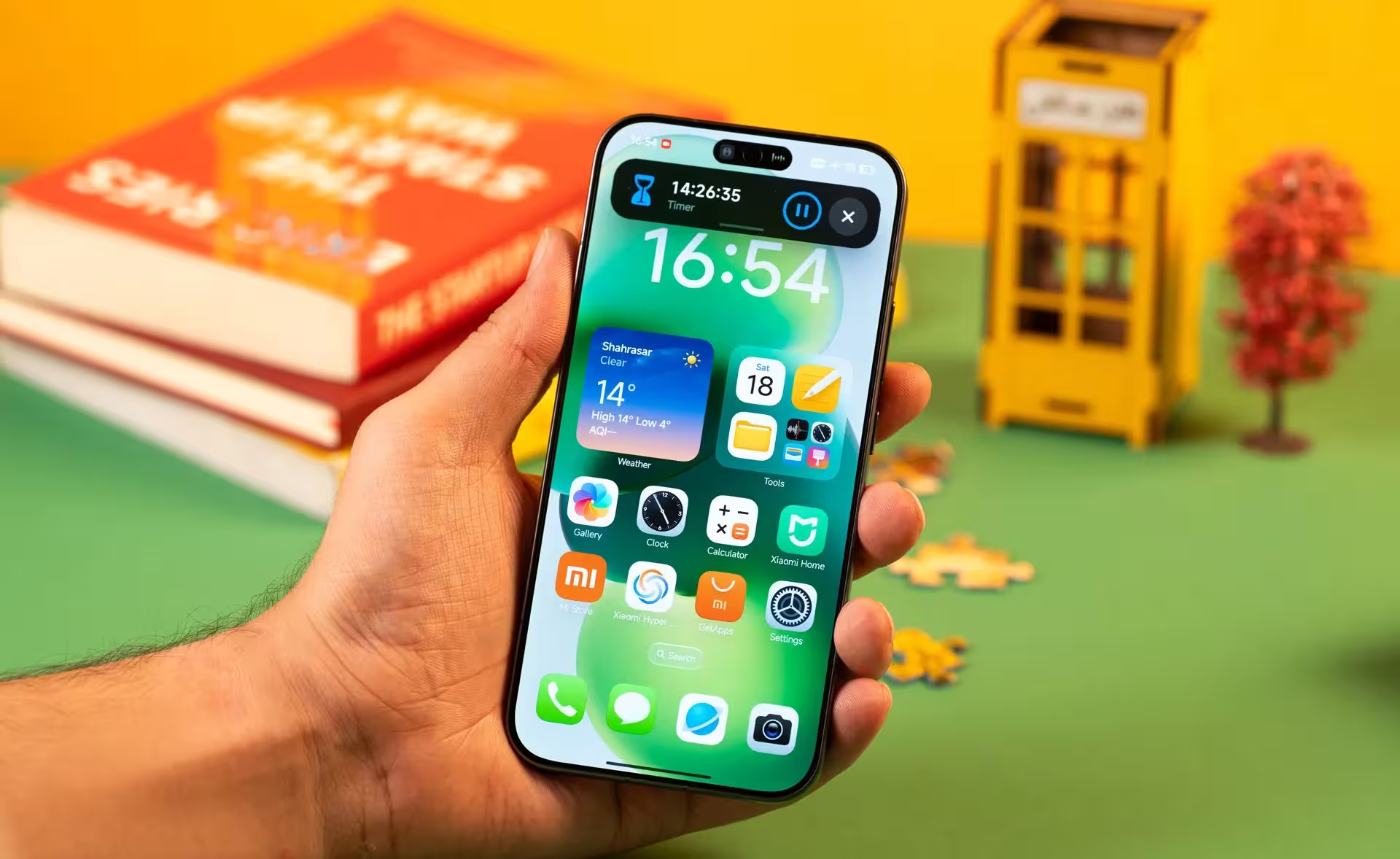
Audio: stereo that doesn’t steal the show
The dual speakers are serviceable rather than standout. Dolby Atmos lifts clarity and adds a touch of punch, but bass weight and overall headroom lag the best flagships, and complex rock/metal tracks can smear at volume.
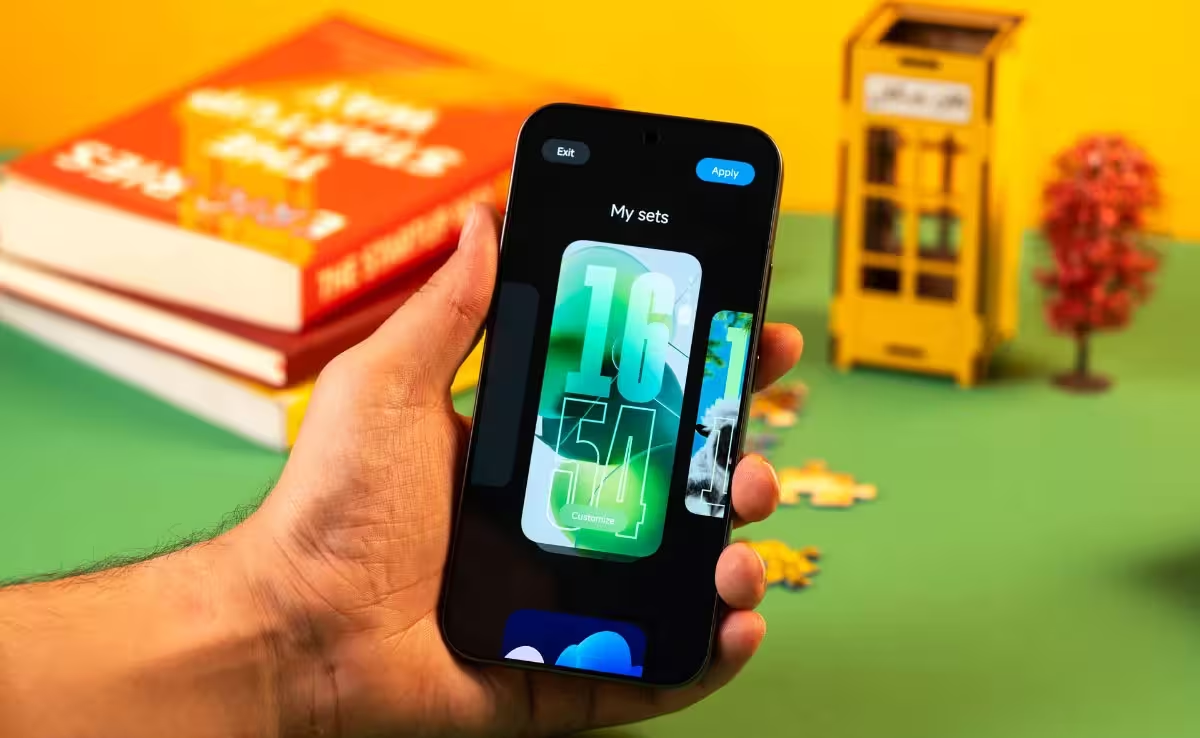
Price, positioning—and who should buy
In China, the Xiaomi 17 Pro Max starts around $900; a global version is widely expected above $1200. That pricing pits it against elite rivals where fit and finish, endurance, and long-term performance consistency are scrutinized. The 17 Pro Max counters with a dazzling display, clever rear screen, strong daytime cameras, and fast, cool everyday performance—but the fiberglass back, uneven video and gaming stamina, speaker quality, and sustained-throttling behavior are hard to ignore. Also note: Xiaomi flagships historically depreciate faster on the second-hand market.
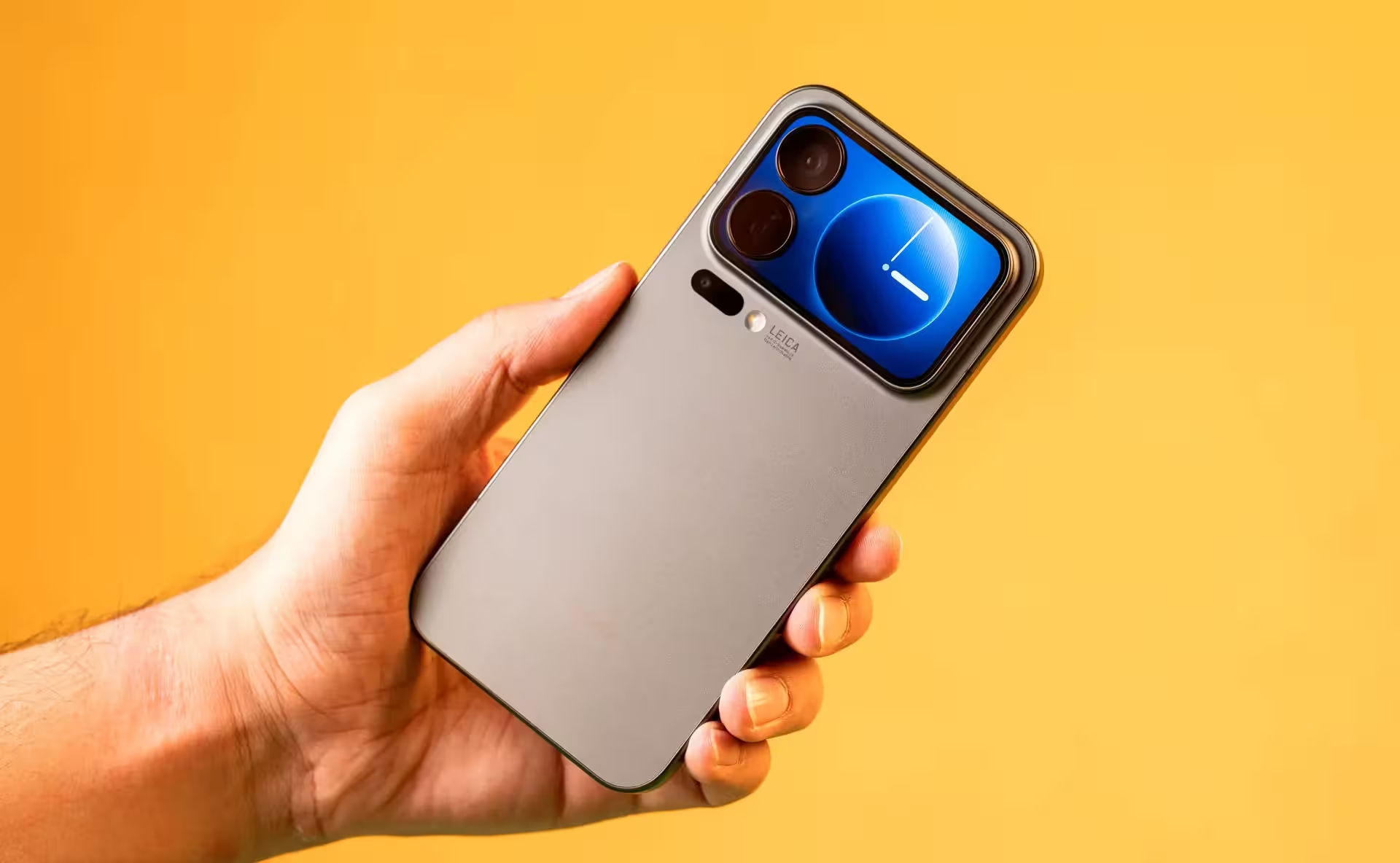
Highlights
- Bright, accurate OLED with RGB S‑Stripe and ~3920‑nit HDR peaks
- Rear 2.9-inch display for controls, self-portraits, and flair
- Snapdragon 8 Elite Gen 5 feels fast; cooling keeps daily temps in check
- 50 MP main camera delivers excellent daylight detail and dynamic range
- Open 100 W fast charging; IP68; tough front glass
Trade-offs to consider
- Fiberglass back lacks premium feel and is fussy to clean
- Battery life lags rivals in video and heavy gaming despite 7500 mAh
- Noticeable performance drop under sustained stress; modest GPU gains
- Ultrawide/tele night performance and lens flare need work
- Stereo speakers are merely okay; USB 3.2 Gen 1 (5 Gbps)

If you want a bright, color-accurate screen, a fun rear display that’s actually useful, and a main camera that shines in good light, the 17 Pro Max is genuinely compelling. If you demand top-tier speakers, ironclad battery efficiency, and rock-steady sustained performance, you may hesitate—especially at the expected global price.
Comments
Marius
Pretty balanced take. Love the RGB S Stripe panel promise, that brightness is wild. But cleaning, speaker and night ultrawide limits are real cons, hmm.
max_x
Is Xiaomi capping perf intentionally? 32% drop sounds bad even if daily use is fine. USB 3.2 Gen1 and fiberglass back... why cut corners now?
atomwave
Wow that rear screen actually looks useful, not just gimmick. Fiberglass back tho? kinda meh for the price. Battery numbers confusing, but display sounds nuts.

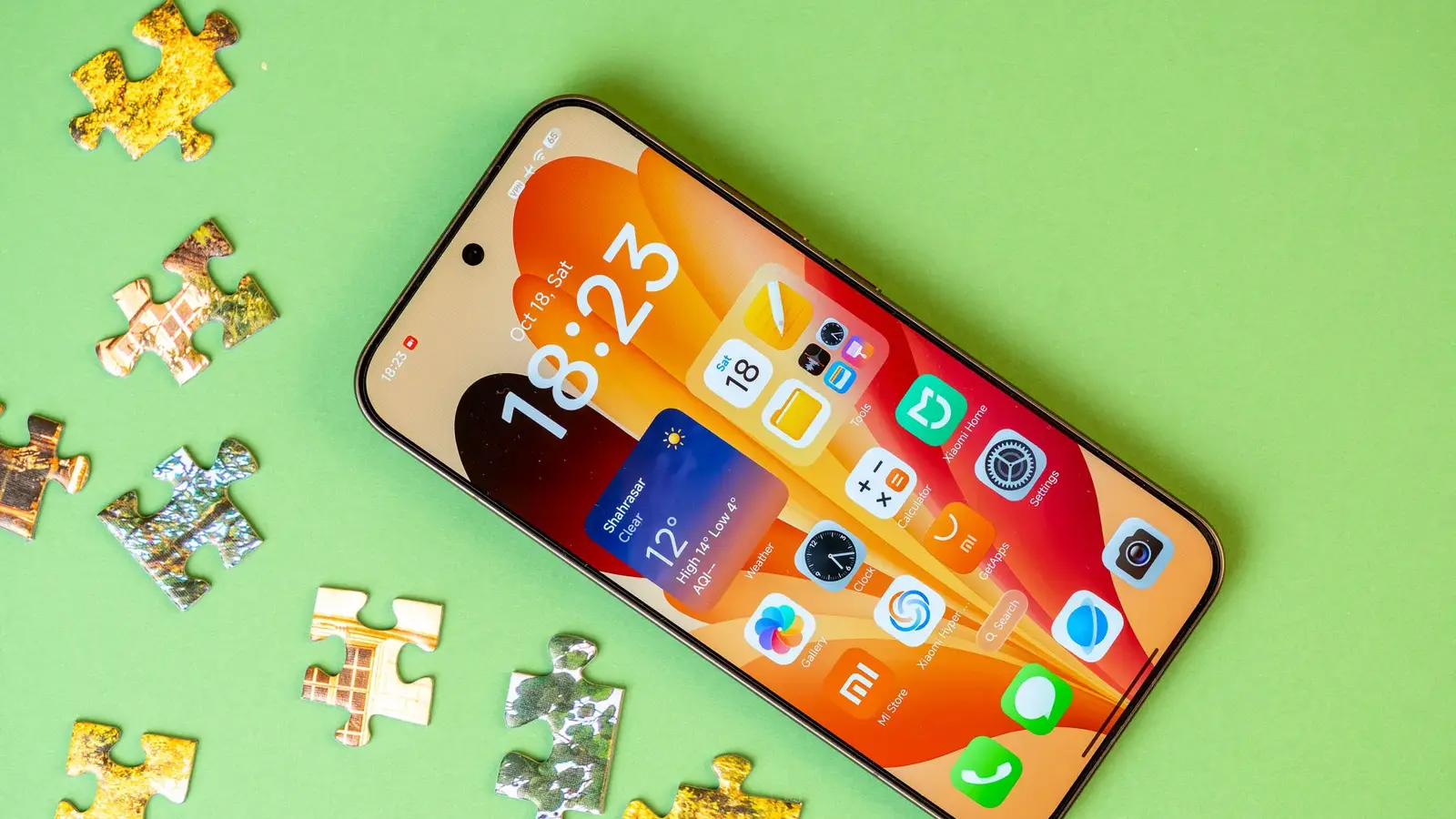
Leave a Comment